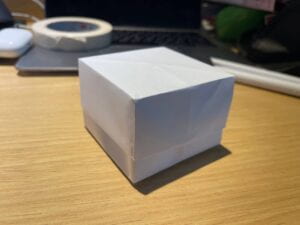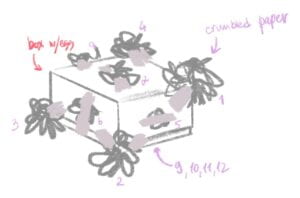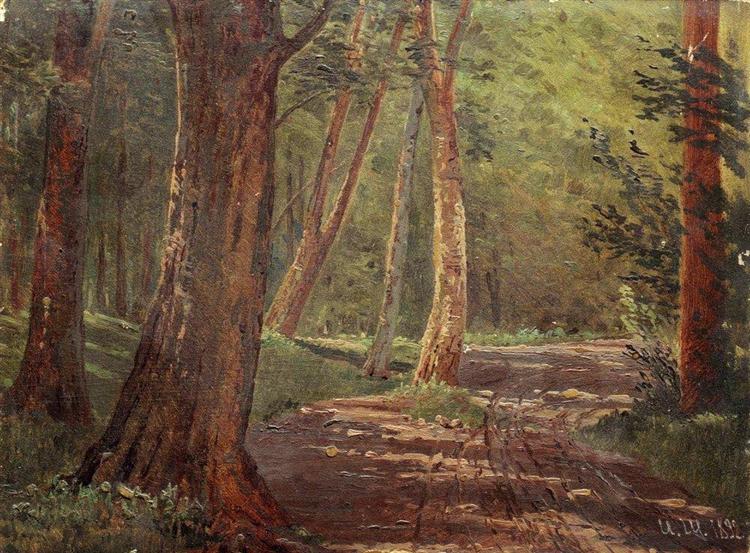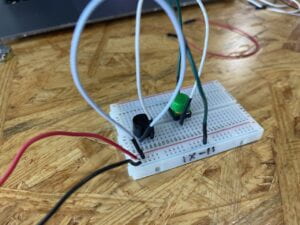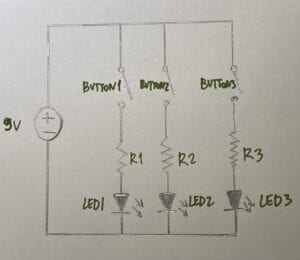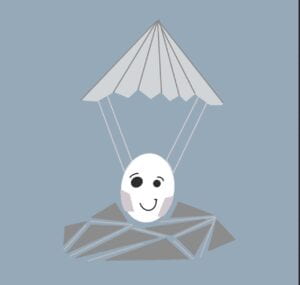The Veldt (Ray Bradbury):
- The device I thought of is the automatic windows dimmer that could exist in the “smart home” described in the story. It would react to the sound of hand clapping.
This idea is basically a merge between the dimming windows on some aircrafts (I saw them on one of Etihad airways’s aircrafts https://thepointsguy.com/guide/how-do-those-dimming-dreamliner-windows-work/) and “the clapper” that was first introduced by the google home, but now can be even purchased on Amazon (https://www.amazon.com/Clapper-Activated-Detection-Appliances-Technology/dp/B0000CGKLR).
I don’t really see any problem with the invention of this mechanism, except for the idea that people are gonna move less and less and become very lazy. But that is a very long-term and individual-choice issue.
___________________________________________________________
The Ones Who Walk Away from Omelas (Ursula K. Le Guin):
- Device that determines your mood by facial expressions and shows some videos/pictures/anything else to get your mood back up. This device would very much likely fit into this never-ending happiness lifestyle that people of Omelas are trying to preserve. When entering buildings/homes/etc. they could be monitored (as we were/are with the temperature in COVID-19 times) by the face expressions and being advised to visit the “fun room” where you go and watch something funny to you (based on your browsing history/manually found). This would allow the people of Omela track those who are losing their happiness (maybe because of the disturbing thoughts about the suffering child and guilt that comes with it) and help them restore it.
As I have already mentioned, we already have sensors that measure our temperature everywhere (https://www.heimannsensor.com/body-temperature), the establishment seems familiar. I found this paper on the facial recognition technologies (chrome-extension://efaidnbmnnnibpcajpcglclefindmkaj/https://edps.europa.eu/system/files/2021-05/21-05-26_techdispatch-facial-emotion-recognition_ref_en.pdf) that basically says that the data results are still not as accurate as they should, however given the rapid development of biometric recognition technologies over the past years, I would say, give it a year or two and we will have the machine learning algorithms for that. As for the customized “fun”, we already have browsers and social media that adjust out searches based on location/bookmarks/likes/reposts/time/etc (e.g. instagram algorithms https://later.com/blog/how-instagram-algorithm-works/). So there is nothing new here.
The danger of these kind of technologies is the data that gets exposed to the government/other parties that might be threatening to individuals as anything one does could be tracked and that makes any kind of freedom of expression vanish, which for a lot of people is incompatible with happiness. Moreover, the Omela society’s strive to prioritize happiness above anything else is itself somewhat problematic (which makes this keeping-a-happy-face invention problematic as well): with constant happiness there is no space or time left for contemplation, no struggles often reflect in a very slow personal/professional growth. At least that is the deal in the real world, maybe the people of Omela are different.
___________________________________________________________
The Plague (by Yan Leisheng):
- Device that can completely cuts-out any air to come from the inside to the outside if some bacteria’s certain concentration in the air is reached. I believe that in this utopian reality this invention would very much help to prevent the decease from spreading that fast. As people were trying to isolate to prevent the spread of decease, every house could be provided with sensors that could monitor the concentration of the bacteria (just like the pcr test but touchless and quicker) and if detected near somebody, the whole house would be momentarily “wrapped” by some plastic semicircle (like a tent) that could only get the air in from one place and, only after total purification, the air from the inside could be released back to the atmosphere.
This is the merge between something like the humidity sensor (https://www.epluse.com/products/humidity-instruments/transmitters-for-industrial-applications/?gclid=EAIaIQobChMIzZbT-7yv-gIVYdOWCh3-gwgXEAAYASAAEgKuaPD_BwE) and the blood glucose sensors (https://www.palmsens.com/oem/point-of-care/?gclid=EAIaIQobChMI4LPvzr2v-gIVlZpmAh3RcAVsEAAYASAAEgKL0_D_BwE) just the different type of measurement.
I believe that this invention would not harm anyone, except those who were unfortunate enough to catch the decease. Also, of course, there is always some uncertainty to the instrument, so some people people could be even potentially be locked up without any reason. Plus, of course, the limitation of being monitored 24/7, living in constant fear and anticipation that something is going to go wrong.
